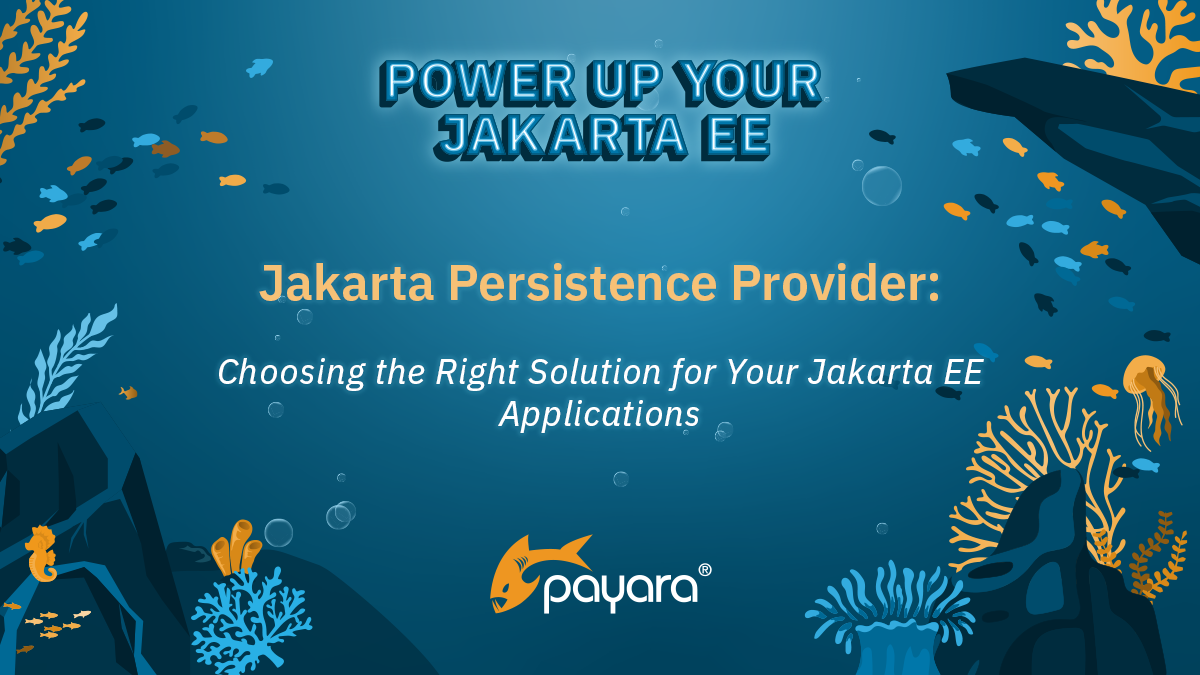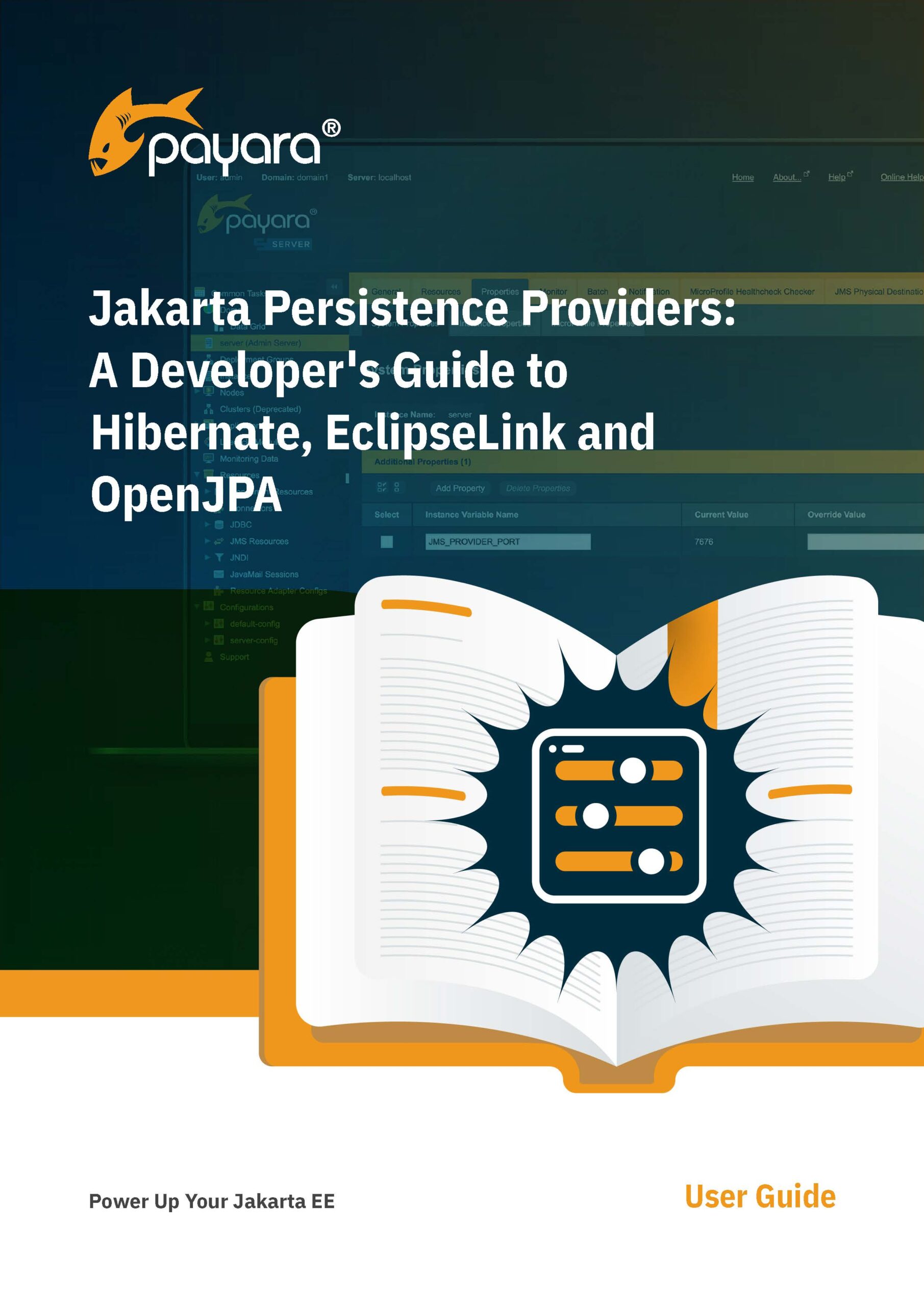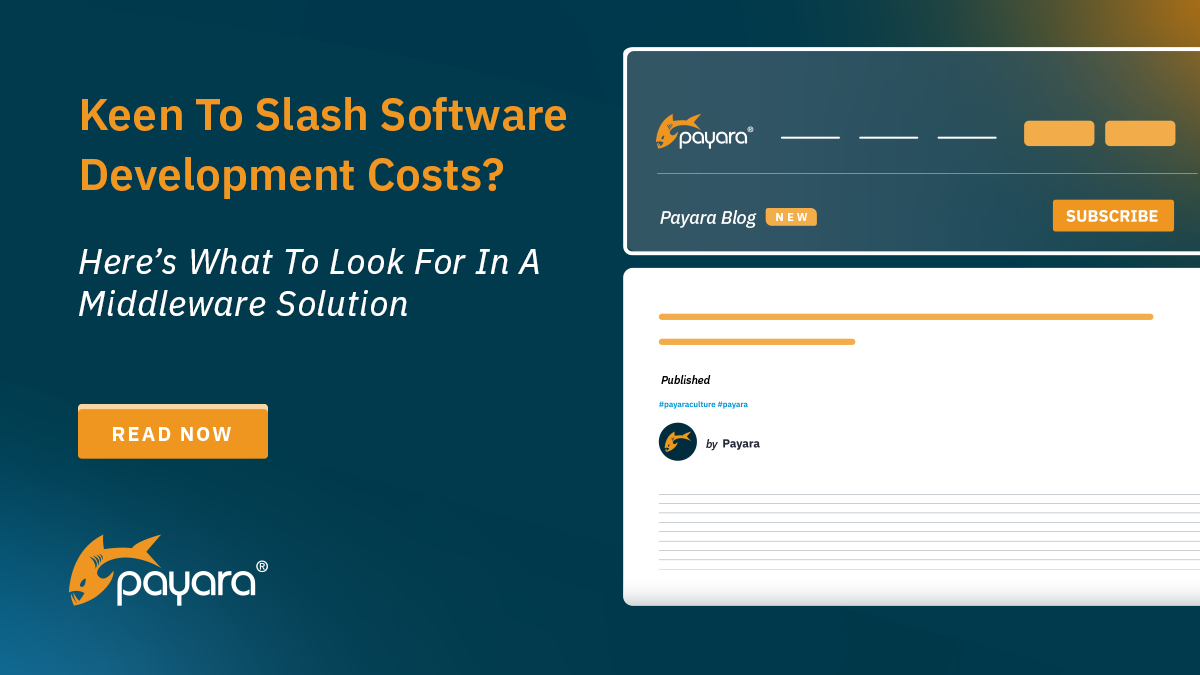 6 minutes
6 minutes
Conf42 IoT 2024: At the Edge of Robotic Applications
At the latest Conf42 Internet of Things (IoT) 2024 conference, our Payarans deliver a keynote, titled “At the Edge […]

Jakarta Persistence (formerly JPA) is a cornerstone of enterprise Java development, offering a standardized approach to object relational mapping (ORM). But when it comes to selecting a persistence provider, the decision isn’t one-size-fits-all. Hibernate, EclipseLink and OpenJPA are three leading options, each with unique strengths. But how do you know which is right for your project?
In this blog, we’ll give you a short overview of the core features, advantages and ideal use cases of these Jakarta Persistence providers to help you make an informed decision.
Hibernate is like the Swiss Army knife of Jakarta persistence providers. With its vast feature set and mature ecosystem, it’s hard to argue against its dominance. But this popularity comes with both perks and a few challenges.
Hibernate doesn’t just implement the JPA specification—it goes far beyond. For example, it offers its own powerful native query language (HQL), extensive caching mechanisms and natural ID mappings.
But there’s a flip side. Hibernate’s extensive features can make it feel overwhelming, especially for developers new to ORM.
If Hibernate is the king, EclipseLink is the steady, reliable workhorse. It’s the official reference implementation of Jakarta Persistence, so you know it’s rock-solid when it comes to standards compliance.
One word: integration. Its architecture is built around the concept of a “persistence unit,” providing a unified approach to handling different types of persistent data. EclipseLink also offer a valuable Service Data Objects (SDO) implementation, making it an excellent option for projects that need XML and JSON bindings alongside JPA.
In addition, applications heavily relying on Oracle products can easily leverage their existing experience to use EclipseLink .
When to Use EclipseLink:
OpenJPA is the underdog in this trio—less flashy but highly effective in the right context. It’s developed by Apache, so it follows the philosophy of being lean, straightforward and compliant.
OpenJPA focuses on simplicity and customization. Its plug-in architecture allows you to tailor it to your specific needs, which can be a huge advantage for smaller projects or niche applications. It’s also lightweight, so it won’t bloat your application with unnecessary features.
That said, its smaller user base means fewer learning resources and community support. If you opt for OpenJPA, you might be treading a more self-reliant path.
Choosing the right provider is all about balance. Understanding your project’s goals and constraints will help you make the best choice. Ask yourself:

Choosing the right Jakarta Persistence provider is critical for building robust, maintainable enterprise Java applications. Each provider — Hibernate, EclipseLink and OpenJPA — offers unique strengths that suit different use cases.
Want to go beyond the surface? Our free guide “Jakarta Persistence Providers: A Developer’s Guide to Hibernate, EclipseLink and OpenJPA” takes an in-depth look at features, strengths, unique features, performance tips and much more. Download it now to make your persistence layer bulletproof!
Share:
 6 minutes
6 minutes
At the latest Conf42 Internet of Things (IoT) 2024 conference, our Payarans deliver a keynote, titled “At the Edge […]
 5 minutes
5 minutes
Java has been a core element of enterprise application development for decades, and its relevance will continue to grow […]
 5 minutes
5 minutes
For technology companies, cost effectiveness in software and application development isn’t just about saving money. It is about delivering […]